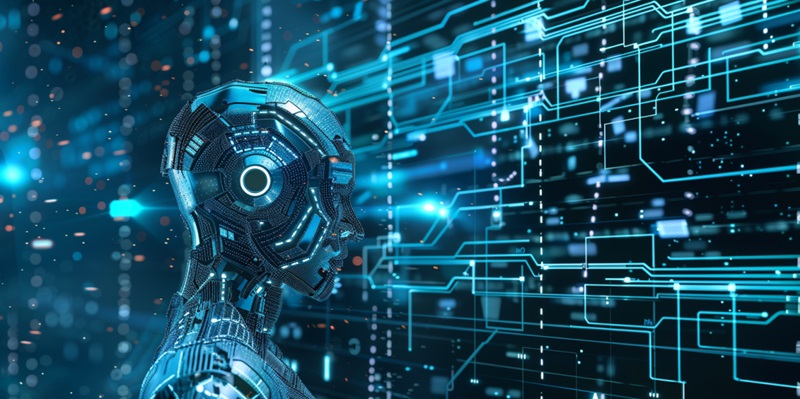The interplay of trust in human-robot interactions is crucial, especially as robots become more prevalent across various industries including healthcare and customer service. This trust dynamic is underscored by advancements in robotic technologies, such as the introduction of ChatGPT-4. This latest model of language processing aims to foster a higher level of trust between humans and robots by offering more human-like communication and comprehension. The refinement in interaction provided by ChatGPT-4 could potentially bridge the trust gap, ensuring these technological assistants are viewed as more reliable and relatable companions in both work and everyday scenarios. As such, this evolution of language models could play a key role in shaping the future of human-robot relationships, making them more seamlessly integrated and trusted parts of our daily lives.
The Language of Trustworthiness
When we interact with others, trust is often built on the foundation of clear communication and understanding. Robots powered by older AI could perform tasks but their limited conversational skills often left much to be desired. With ChatGPT-4, however, we witness a transformation. The ability to understand context, recall past interactions, and respond in a nuanced manner gives the impression of a thoughtful, intelligent entity at work. This perception of intelligence, whether real or artificial, creates a pathway for humans to project trust onto robots. By articulating their processes and decision-making rationale, these machines can now engage in a two-way dialogue, providing insights into their operations and intentions.
To facilitate trust, it’s not just about robots understanding us — it’s about us understanding them. ChatGPT-4’s capability to express in human terms what it’s doing and why it’s doing it is a game-changer. Being able to articulate the reasoning behind decisions or actions helps users predict the robot’s behavior, a critical element of trust. This predictability, coupled with consistent, reliable performance over time, can cement trust — a robot that can explain itself is one step closer to being trusted like a human colleague.
Emotional Resonance and Ethical Considerations
ChatGPT-4’s enhanced emotional insight significantly changes the trust dynamic with robots. It mirrors human emotions, crafting interactions that feel more empathetic, thereby deepening users’ trust when they sense being understood. Despite not possessing real emotions, the AI’s displayed empathy can be convincingly life-like in many scenarios.
Nevertheless, this capability is ethically double-edged. The AI’s use of sensitive language must be responsible to avoid manipulative pitfalls, as its ability to predict and sway human behavior enhances. The stewardship of the vast personal data needed for this advancement is another concern; it must be handled with rigor to ensure privacy and maintain trust in AI systems and the bodies governing them. Setting firm ethical guidelines and strong privacy protections is indispensable to uphold the integrity of these increasingly emotionally responsive human-AI exchanges.

